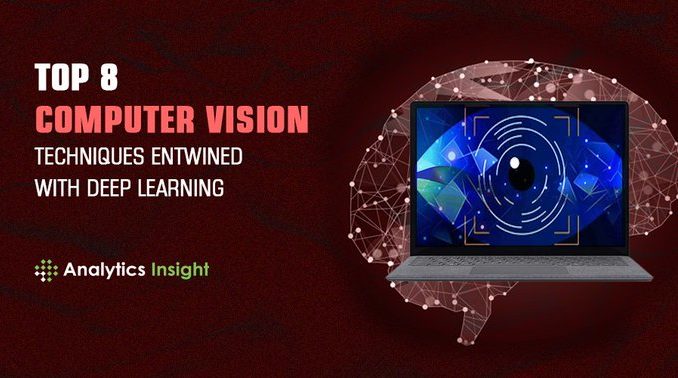
Edge AI will be a crucial technology for bringing deep learning from the cloud to the edge.
In healthcare and medical imaging, computer vision has shown considerable promise. However, as technology advances, a growing number of medicinal applications are becoming available. To run computer vision in health care applications, nevertheless, privacy-preserving deep learning and picture identification will be necessary. As a result, Edge AI will be a crucial technology for bringing deep learning from the cloud to the edge. Edge devices interpret video streams in real-time without transferring sensitive visual data to the cloud by conducting machine learning activities on-device.
Here are 8 computer vision techniques entwined with deep learning.
1. Tumor Detection
In the medical area, computer vision and deep learning applications have shown to be quite useful, particularly in the precise diagnosis of brain cancers. If left untreated, brain tumors spread swiftly to other areas of the brain and spinal cord, making early discovery critical to the patient’s survival. Medical experts may employ computer vision software to speed up and simplify the detection procedure.
2. Medical Imaging
Computer vision has been utilized in a variety of healthcare applications to help doctors make better treatment decisions for their patients. Medical imaging, also known as medical image analysis, is a technique for seeing specific organs and tissues in order to provide a more precise diagnosis.
With medical image analysis, physicians and surgeons may get a better look into the patient’s interior organs and spot any problems or anomalies. Medical imaging includes X-ray radiography, ultrasound, MRI, endoscopy, and other procedures.
3. Cancer Detection
Deep-learning computer vision models have attained physician-level accuracy when it comes to diagnosing moles and melanomas. Skin cancer, for example, can be difficult to diagnose early since the symptoms are often similar to those of other skin conditions. As a solution, scientists have used computer vision technologies to successfully distinguish between malignant and non-cancerous skin lesions.
There are various benefits to employing computer vision and deep learning systems to identify breast cancer, according to research. It can assist automate the detection process and limiting the likelihood of human mistakes by using a large library of photos including both healthy and malignant tissue.
